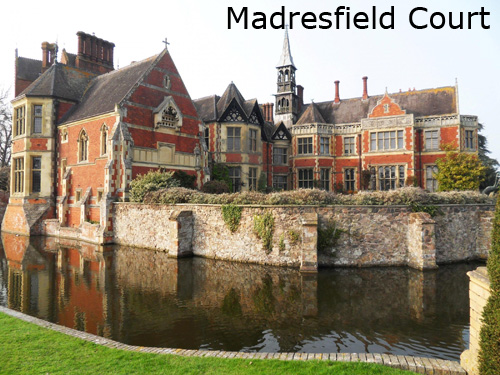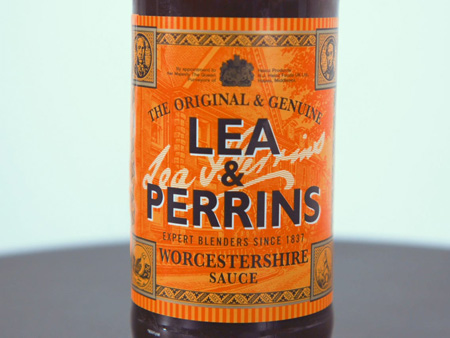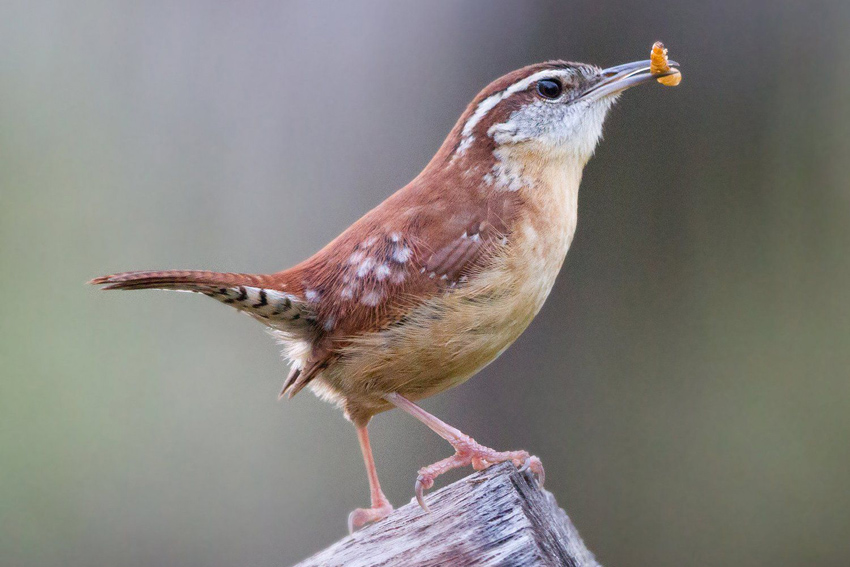




Back to the Worcestershire Page

- The Royal Connection
- Worcestershire Eats
- Owlbut's Birdwatch
- Worcestershire VIPs
 Many of the plans surrounding the
Royal Family are secret and even years afterwards they remain so. However it seems there was a plan, codenamed Rocking Horse, to move the family to Madresfield
Court, a moated 12th century mansion in Worcestershire if the Germans had invaded the United Kingdom during the early years of WWII.
Many of the plans surrounding the
Royal Family are secret and even years afterwards they remain so. However it seems there was a plan, codenamed Rocking Horse, to move the family to Madresfield
Court, a moated 12th century mansion in Worcestershire if the Germans had invaded the United Kingdom during the early years of WWII.
The mansion is near the River Severn which could have been used as an emergency escape route or, if more time was available, the family would have
been moved north to Liverpool and then overseas to Canada. Hatley Park on Vancouver Island was rumoured as the destination.
Various members of the British army were assigned to the force protecting the Royals including about 120 Coldstream Guards and various troops driving
special armoured vehicles and even Norton racing motorcycles.
Luckily no invasion happened and the Royal Family bravely remained in London for the whole of the war, including the blitz of 1940-41.
![]() Back to the top
Back to the top
 What else could fill this space but
bottles of Worcester Sauce. I have taken much of the information from the website of Lea and Perrins, the company who made the sauce back in 1837. The company was
formed by two chemists, John Wheeley Lea and William Henry Perrins, who were asked by a local nobleman to make up a recipe for a sauce he had come across in India. They
did and after tasting it found it totally inedible and placed it down in the cellar of their shop. Eighteen months later they discovered it had matured into a
delicious sauce. They decided to put it on sale.
What else could fill this space but
bottles of Worcester Sauce. I have taken much of the information from the website of Lea and Perrins, the company who made the sauce back in 1837. The company was
formed by two chemists, John Wheeley Lea and William Henry Perrins, who were asked by a local nobleman to make up a recipe for a sauce he had come across in India. They
did and after tasting it found it totally inedible and placed it down in the cellar of their shop. Eighteen months later they discovered it had matured into a
delicious sauce. They decided to put it on sale.
Soon it was being exported all over the world and, as usual, copycat sauces began to appear. Lea and Perrins then made sure that their iconic orange
label had been added to all bottles to ensure they stood out from these copycat competitors. It is almost the same label today. Their factory in Worcester opened
in 1897 and they still operate from there.
Obviously I can't tell you the actual mix of each ingredient but onions, garlic and anchovies are involved. I can tell you that the ingredients are matured in
large barrels for eighteen months. Then they are put into a huge mixing vessel for further maturing and then the concentrated sauce is diluted and sterilised
ready for bottling. As the sauce is now exported to over 130 countries around the world, this means different labels in different languages, which involves
lots of careful planning before the bottles are ready to be exported.
![]() Back to the top
Back to the top
This is one of the smallest birds. It is called the Wren. It has a short tail, short, round wings but quite long legs. It has a
fine beak. It's main colour is brown. It is the most common breeding bird in the UK. It can be found in words, farmland and islands and is a regular visitor to most
gardens. They eat insects and spiders.
The Wren is no more than 10cm long with a wingspan between 13 and 17cms. It weighs about 10 grams. The feathers are brown, cream and white and the
legs brown and pink. The beak is short, thin and curved and greyish in colour but you can see that. Probably the easiest bird for you to spot as it can be found
in cities, towns and villages.

Seven random people who were born in Worcestershire in the last 100 years:-
Harry Styles (Singer), Jan Pearson (Actor - Doctors and Holby City), Alistair McGowan (Impressionist and Actor), Fay Weldon (Novelist), Charles Dance (Actor),
Jessica Varnish (Cyclist) and Nick Jenkins (Businessman and Dragon's Den).
![]() Back to the top
Back to the top

